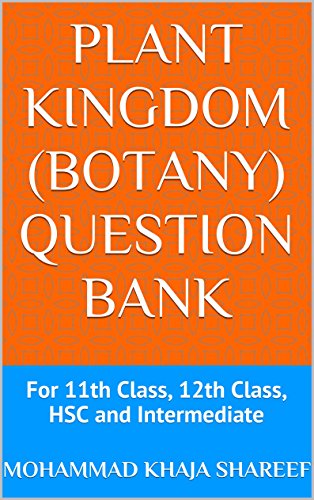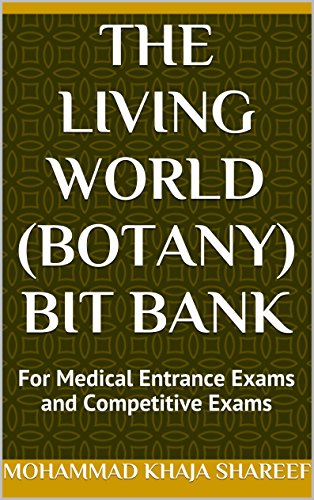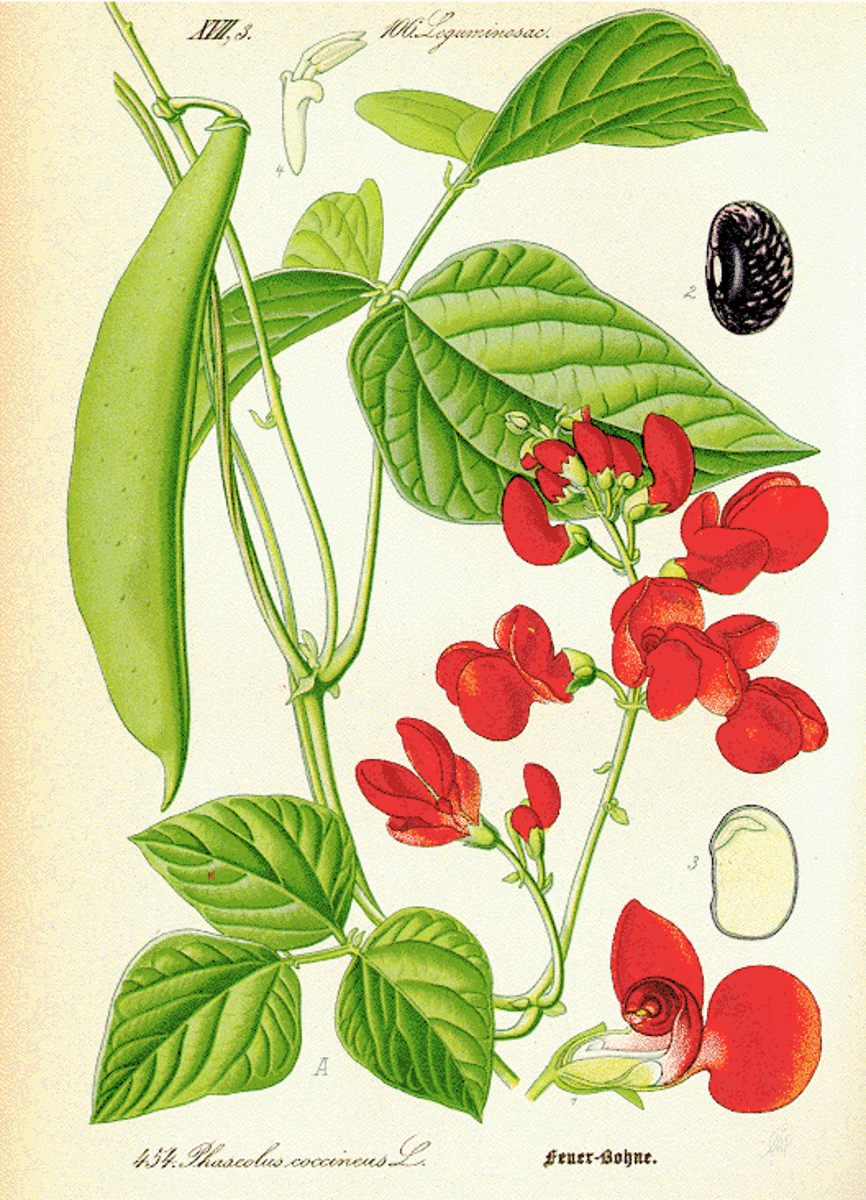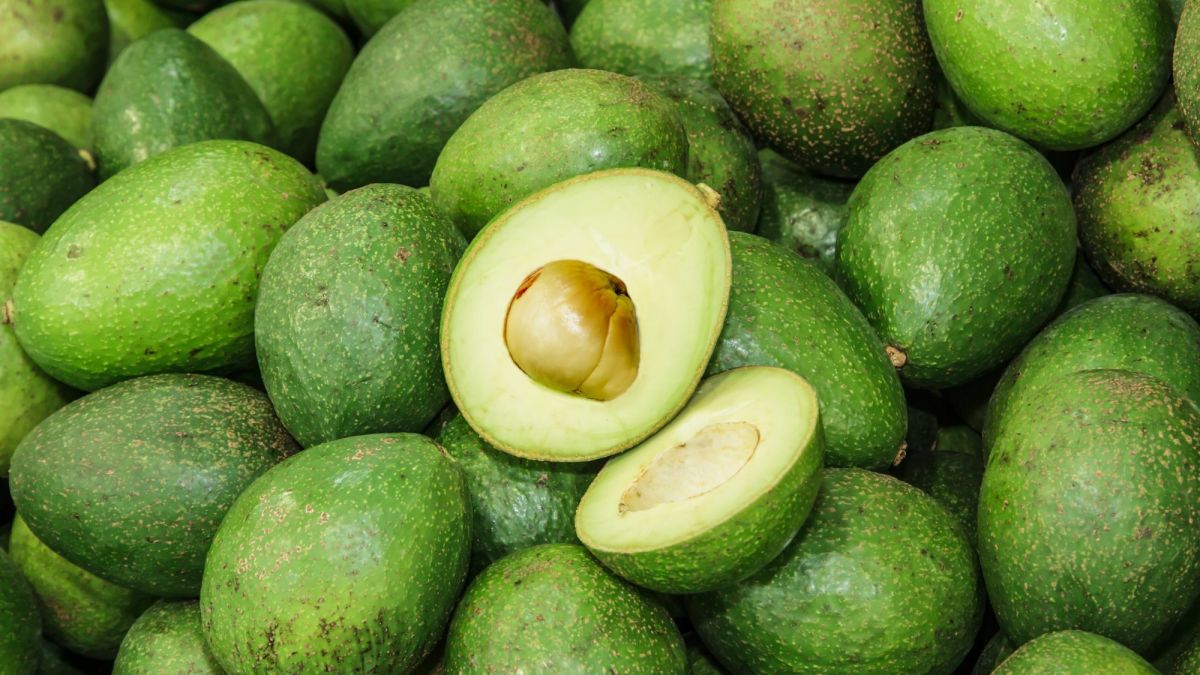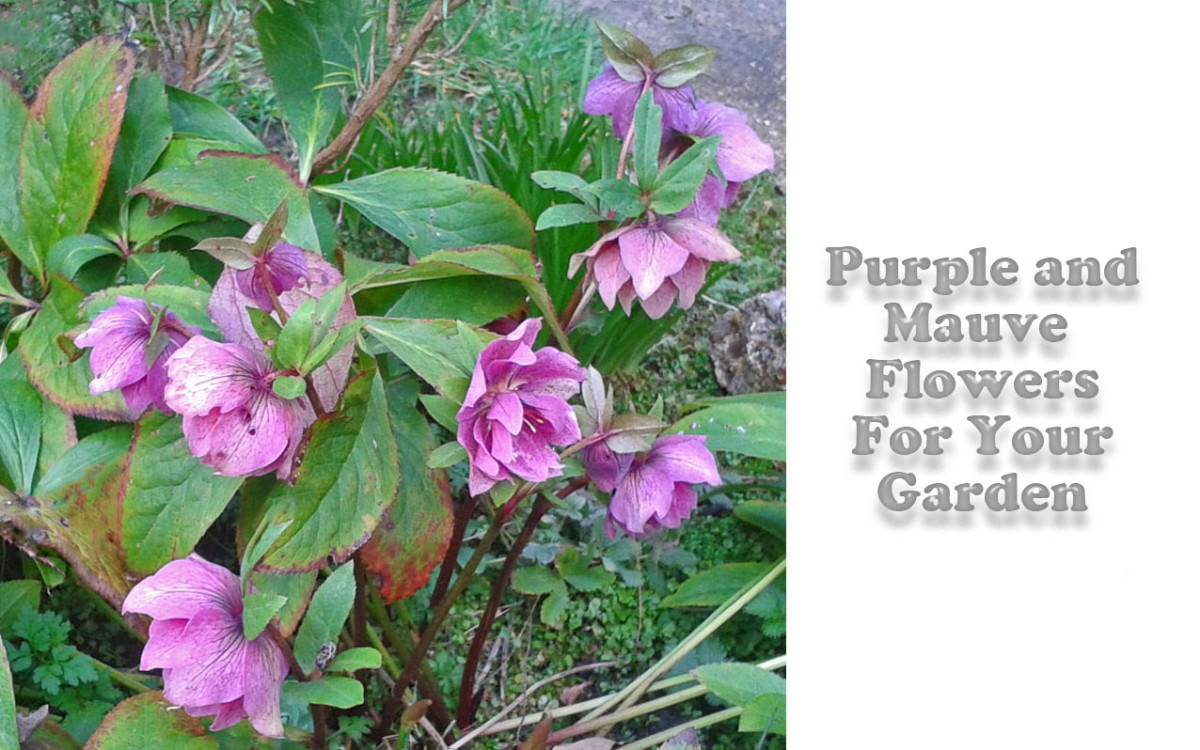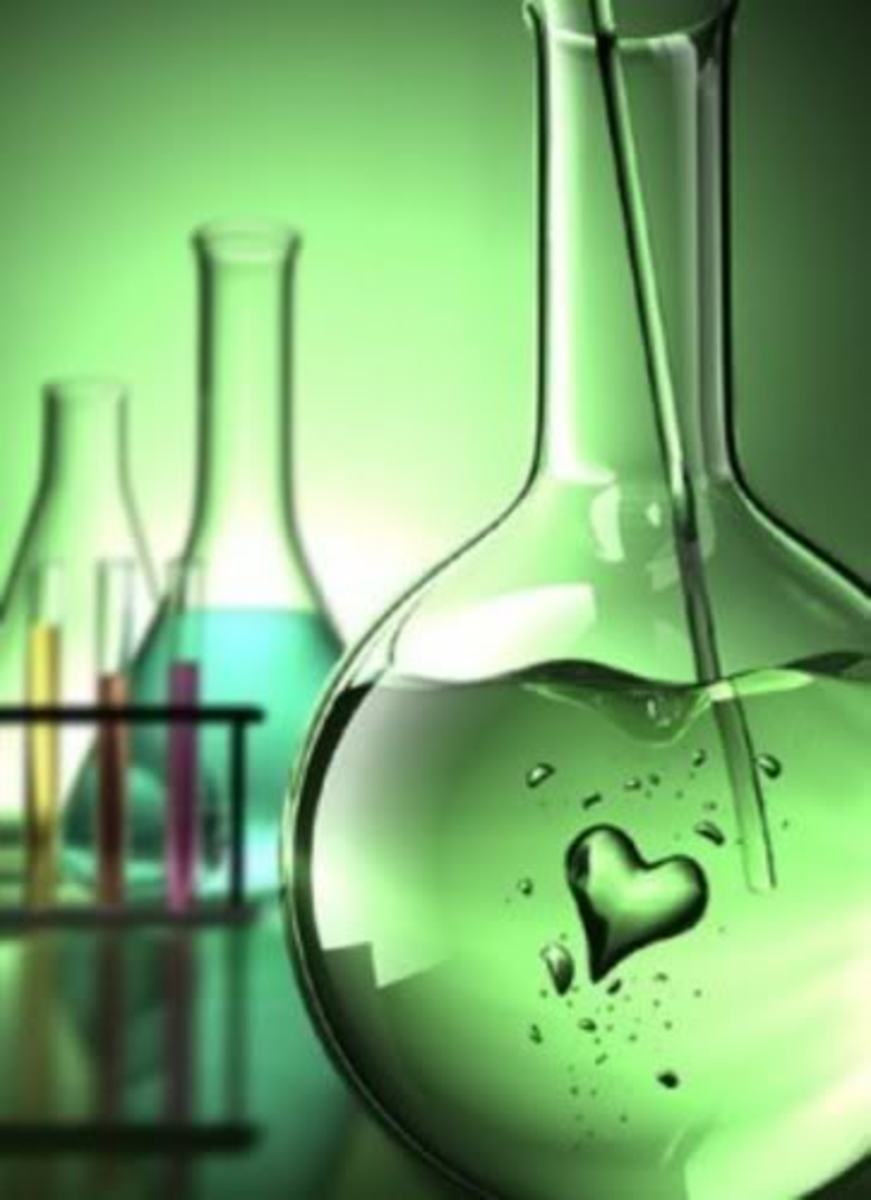Chemical co-ordination in Plants
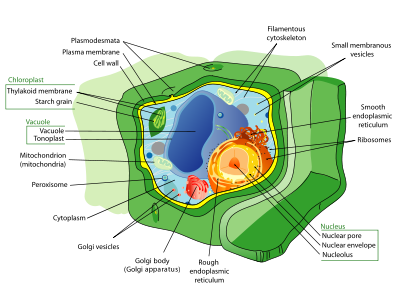
Control and co-ordination
- Did you ever touch an insect or ant crawling on the ground? You will then observe that it moves away from you when you try to touch it.
- Did you ever observe a sunflower plant? You can see that the flower always faces towards the sunlight.
- We observe many times that the plants in shade always try to grow towards the area where there is sunlight.
- We do observe that the photosynthetic bacteria accumulate in the path of light when light is passed on them.
Such things are the examples of organisms identifying or sensing the changes in the environment and responding the change.
Observing the life cycles of various organisms, plants and human beings, we can come to a conclusion that all the changes taking place during the life cycle are operated by an inbuilt genetic program which carries out the operation in a fine manner organizing the changes in a sequence.
Eg:
- New born babies don’t have teeth but develop them in due course of time.
- A germinating seed forms its parts during the gradual growth of the plant.
- Flowering in plants takes place in certain time
Functioning of a body and the co-ordination between different organs:
Let’s take an example of a team game like cricket. Every one of us like cricket and enjoy the game a lot. How did you feel when India won the world cup this year? It was lot of excitement all over the world. What if the Indian team was out of the mood or didn’t work in team well and ignored the instructions of the captain and played how they liked without team co-ordination? India or any other country would never win.
The main theme of any game is team work and victory. In the same way, the functioning of our body too needs co-ordination between the various organs and systems of the body.
Every organ and organ system is interdependent on the other organs and organ systems. There is a co-ordination between all the systems of the body.If there isn’t a proper co-ordination, the organism will not function properly and it may not live long.
Eg:
While you are running, you need more energy and glucose in the leg muscles. The body supplies more of glucose to the required muscles or organs in need. If the leg muscles are not supplied with the required glucose, you will get fatigue and may get tired soon resulting in going unconscious after sometime. More over, the supply of oxygen and glucose should be brought back to normal level once you stop running. This requires coordinated effort between heart, liver, blood vessels, brain and muscles. So there should be continuous and constant coordination between the organ systems.
Responses and their speed:
Some responses are very quick and some are very slow. So, the organ systems have fine coordination to respond to the environmental changes and to carry out specific functions at a specific time in their life cycle. This harmony is maintained by a perfect control system.
Plants too have a coordination of growth and development in an orderly manner. In the case of plants, they depend on chemicals to coordinate their activities. That’s the reason why the responses in plants are often slow.
Chemical co-ordination in plants:
We have already read that the plants depend on chemicals in their co-ordination activities. The effects of these chemicals usually influence one or the other aspect of growth. Such chemical substances which effect the co-ordination and responses of the plants are called as plant growth substances.
Plant growth substances:
Plant growth substances increase or decrease the growth of the plant. There are 5 major types of plant growth substances.
- Auxins
- Gibberellins
- Cytokinins
- Abscisic acid
- Ethylene
These chemicals work together or against one another.
These substances control the growth and development of the plant.
Regular growth of the plant- role played by the plant growth substances:
The oat plant ( Avena sativa) was taken as the experimental plant by the world famous naturalist Charles Darwin to show that some plant growth substance controls the growth of this plant. He and his son Frances stated that the growth of shoots towards light was the result of some influence being transmitted from the shoot tip to the region of growth behind it. F.W.Went proved the existence of a chemical substance by a simple method to collect and identify it. Then the chemical substance was named as “auxin” ( auxin is a Greek word which means increase)
Properties of plant growth substances and their use:
Auxins:
- The term auxin usually refers to a chemical compound called indole acetic acid( IAA) this is a major natural auxin other than the other 3 auxins.
- Synthesis of auxins: in meristematic and enlarging tissues.
- These chemicals promote growth and elongation of stems, roots and enlargement of many fruits.
- They loosen the cellulose framework of cell wall which will help in cell enlargement.
- They promote cell division in vascular cambium. They also promote root initiation.
- They inhibit the abscission of leaves and fruits.
- When auxin is stopped to produce, then the leaves are shed.
- Auxins are responsible for phototropism ( the mechanism by which the plants bend in response to light.
- They are responsible for geotropism ( the mechanism of gravity stimulus- the roots grow downwards. So they are positively geotropic. The shoots grow upwards. So they are negatively geotropic.)
Apical dominance:
Remove the terminal bud of a plant and observe. You will see that the lateral buds start giving more branches now. Thus, we can say that the terminal bud suppresses the growth of the lateral bud. This phenomenon of suppression of the growth of lateral buds by the terminal bud is known as “Apical dominance”.
We can reverse the apical dominance by applying IAA to the decapitated tip. This proves that auxin is responsible for apical dominance.
Artificial synthesis of Auxins:
Auxins are synthesized in chemical laboratories and are used in the present day agriculture. They prevent the premature fruit drop too.
Some Auxins synthesized in laboratories:
- 2,4-dichloro phenoxy acetic acid(2,4 D): this is used to destroy dicotyledonous weeds. It does not affect moncot weeds.
- Naphthalene Acetic Acid ( NAA): this is used to induce roots in cuttings.
- Indole Butyric Acid(IBA): This too is used to induce roots in cuttings.
Gibberellins:
- This chemical substance has a significant effect on stem elongation and increase in the leaf blade area.
- This also increases the size of fruits and helps in formation of seedless fruits.
- They are produced in different organs of plants like roots, shoots, buds, younger leaves, embryos etc.,
When gibberellins are used along with auxins, they together promote cell elongation and leaf expansion. They induce enzymes like amylase, protease, lipase etc at the onset of seed germination and break the seed dormancy. (these enzymes mobilize the stored nutrients)
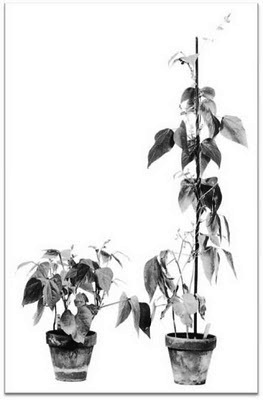
Commercial production of Gibberellins:
- Gibberellins are produced commercially from fungal cultures.
- These substances are used for fruit setting ( grape branches) and also for growing seedless fruits.
- In brewing industry ( beer fermentation industries)
- It is used to stimulate amylase activity in barley seeds.( it enhances the malting of barley grains)
Cytokinins:
These chemical substances stimulate cell division and cell elongation.
They have the ability to delay the process of aging in leaves.
They can prolong the life of fresh leaf crops like cabbage, spinach etc., by delaying senescence.( aging)
They keep the flowers fresh too. They are sometimes used to break the dormancy of the seeds.
Place of production of cytokinins:
- They are produced in actively growing tissues of the plant ( roots, embryos and developing fruits)
- Mature plants produce cytokinins in roots and then transport them to the shoots.
- Cytokinins need auxins to promote cell division.
Abscisic Acid:
Plants not only produce chemical substances which promote growth, but also produce growth regulating substances like Abscisic Acid which inhibit the growth of the plant.
ABA (Abscisic Acid) induces dormancy in buds, tubers and many seeds. This is the reason why plants shed their leaves, flowers and fruits. This is due to the action on ABA.
ABA works by forming a separation layer or abscission layer between the plant part to be shed and the plant resulting in the drop off of the part of the plant.
ABA helps in preventing the water loss when needed, by closing the stomata of the leaves. (In times of drought)
This chemical substance also stops the growth of the buds when it is directly applied on the buds.
Ethylene ( Ethene):
High concentration of auxin will induce ethylene formation. It modifies the growth of a plant by inhibiting the stem elongation and by stimulating the transverse expansion of the stem. As a result, stem will appear swollen. Ethylene accelerates abscission of leaves, flowers and fruits.
It is produced even from the ripened or injured fruits.
Plant growth substances are not similar to hormones in animals. Animal hormones work at sites distant from their sites of synthesis. In plants, all these chemicals do not move from their sites. Their site of synthesis and action are the same in most of the cases.


